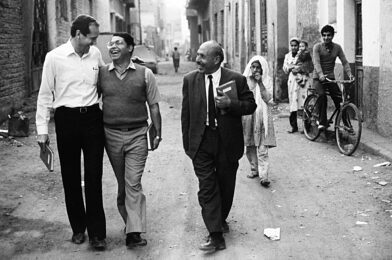| [Photo 1] Egypt—Missionary Mike Edens (left) worked closely with Egyptian Baptist pastors trying to enhance their discipleship and pastoral ministries. These pastors—(left to right) Mikhail Shehata Ghaly and Anwar Dakdouk—took MasterLife discipleship training in Cyprus during 1984. [photo by Don Rutledge] |
Technically Depth-of-field—is the distance between the nearest and farthest objects in a scene that appear acceptably sharp in an image.

I have never met a photographer who understood more about packing more into a frame to tell a story than Don Rutledge.
The reason is it takes a lot more ability to take a photo of what appears to be clutter and compose it in such a way that you capture a story than it does to isolate by either getting closer or zooming in and isolating a subject.
What Don Rutledge taught me and yet I still haven’t begun to execute it as well as he did was to use the environment around the subject to provide context and tell a better story.
He taught me to spend time with a person before I take a photo of them. Spend time getting to know their story, this way once you know them you start to see things around them and their body language that help inform the audience through visual clues as to who the subject is as a person and how they interact with people in their world.
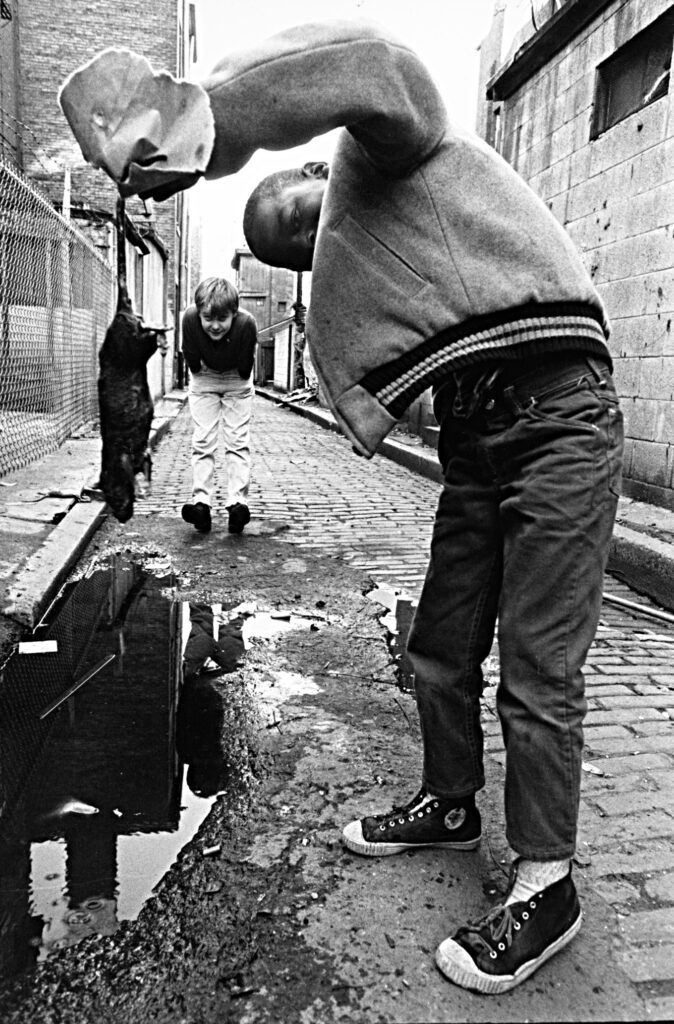
Don taught many photographers not to just watch the edges of the photograph but pay attention to the “Depth-of-field” when making the photograph. He wanted to use the thing in the foreground and background more than any other photographer I knew to help tell the story.
In Photo 1 you can see down the street and around the men as they walk down the street in Egypt. While most everyone is laughing as if a joke was just told—notice the woman just behind the men. Her expression tells another story.
I can picture this woman being similar to the woman in Matthew 9:20, “If I can just put a finger on his robe, I’ll get well.” Jesus turned—caught her at it.
She is not apart of the men’s group but has an interest in them.
In Photo 2 you see not just the rat being held by the boy but his friend and the place of their discovery. His friends body language adds so much to the context as does the alley where they found it.
 |
| [Photo 3] This is early morning in Mississippi for Luvenia and Bailey King. King sleeps as his wife puts breakfast on the table. [photo by Don Rutledge] |
To get this type of “Depth-of-field” Don invested time with his subjects. In 1979 Don spent a month living with the King family in Mississippi. He added just enough money to the family budget to not add any financial stress on the family, but also not to change their living standards so he could cover what it was like living below the poverty line in America.
This photo [Photo 3] became a favorite photo of many from the story. The photo captures Bailey King and shows how thin he is and how hard his wife also worked to provide for the family. It is not a photo just about Bailey, but his wife as well Luvenia.
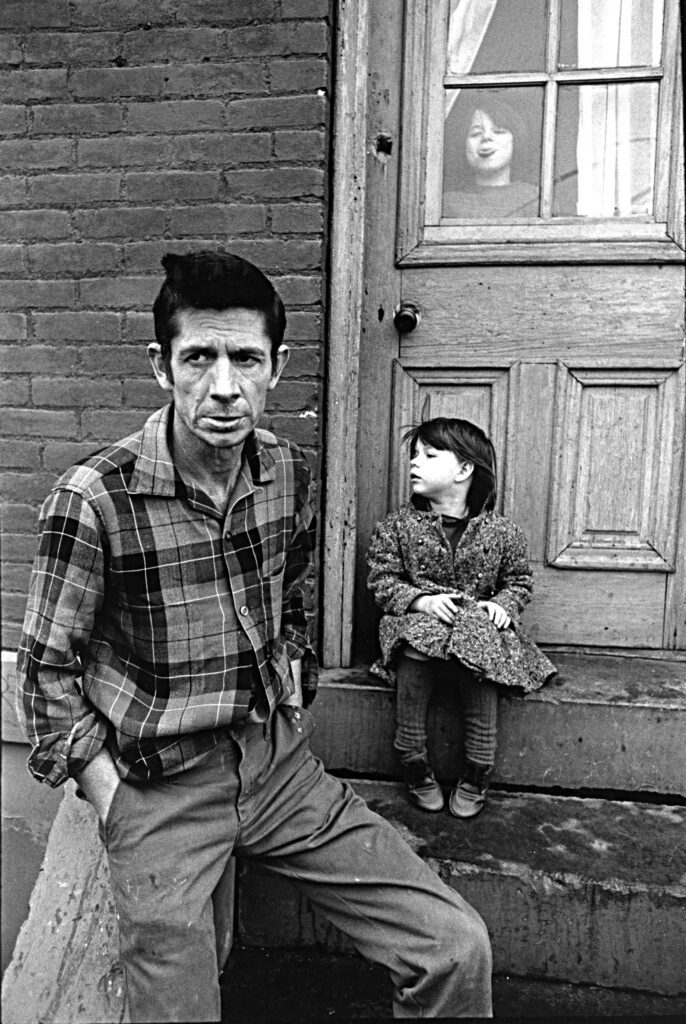
Here in Photo 4 you can see a father who is obviously concerned and then you see his children in the background. The children are like all children and pull the viewer into the story of a migrant worker who will travel wherever finding work to provide for their family. Many photographers would crop just above the father’s head and left out the boy in the window. The reason is they most likely would not have seen the boy.
Don had a patience about him that let him truly be in the moment. He could see things that most missed. I think Don really and truly had more empathy for his subjects than just about any other photographer I have known.
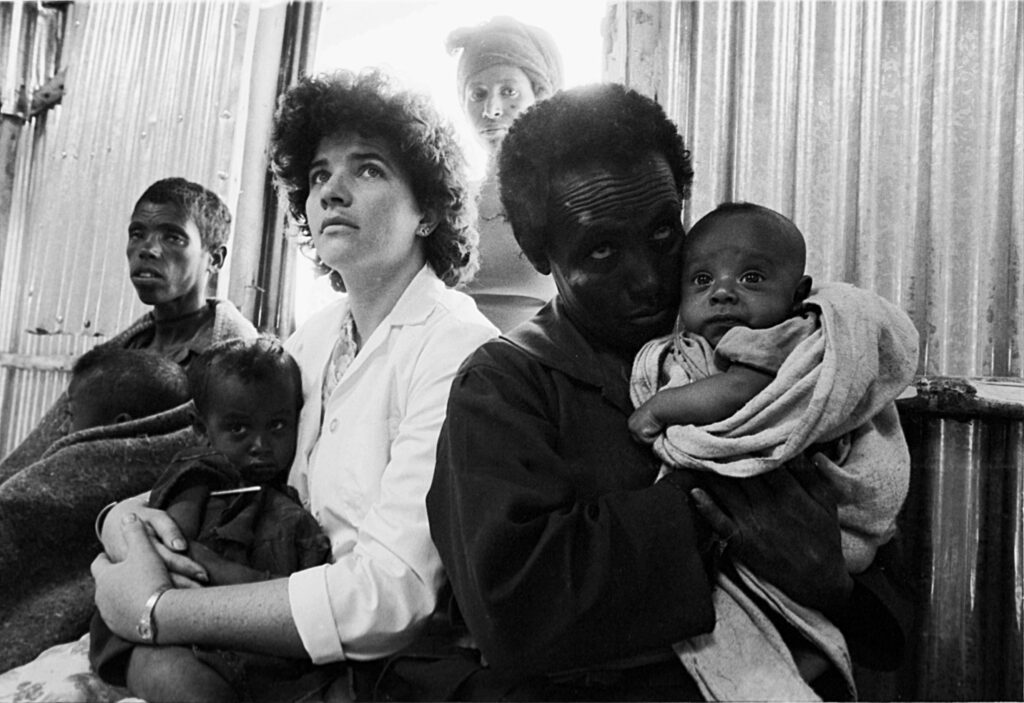
Many photographers might crop in much tighter on Sally Jones in Photo 5 here. Don goes wide and gets really close to be sure you see her expression. I remember often seeing the contact sheets of moments like this when Don was editing. He would show me the moment before and after where sometimes the lady in the background was only there for one of maybe 10 frames. She adds so much by helping pull you to the background after you have already seen Sally. There are more mothers outside is what this helps to convey.
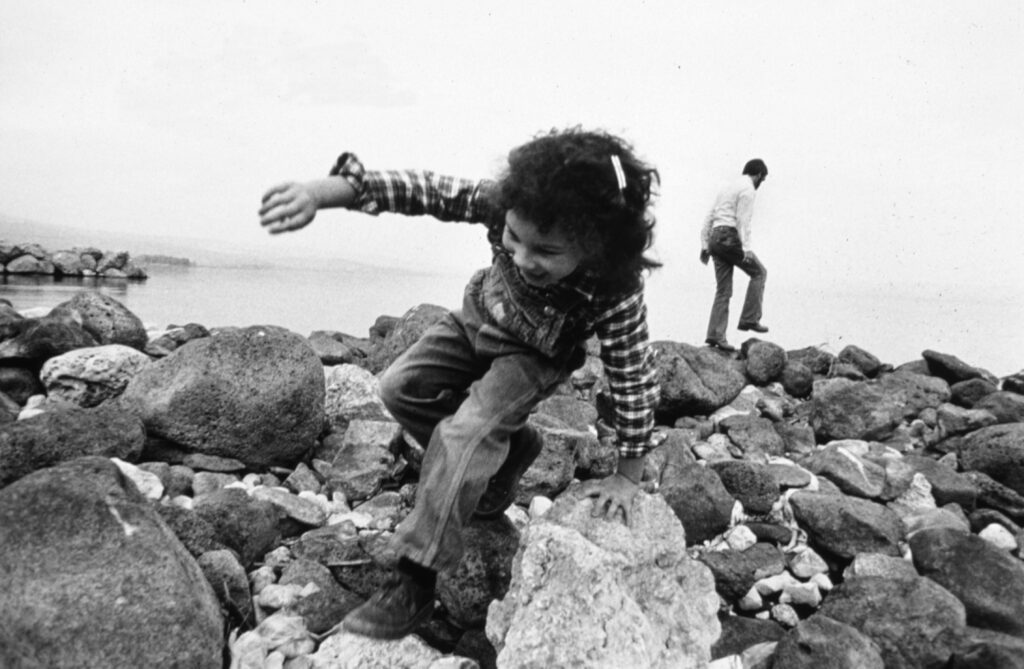
So often photographers get so focused on the main subject they forget that those around the subject can sometimes give us insights into them. Here we get a glimpse of how normal life is for Ray Hicks in Photo 6 when we see how much fun his daughter is having at the sea of Galilee. Don shot it in a way to bring Ray into the photo and give a context that Don did so well time and time again.
Please take a look how often Don uses depth in his photos to tell stories. Here are two coverages of Russia that Don did in the 1980s. Don shot these for a magazine which would only use on average maybe 8 to 12 photos, but look at the true depth of his coverage. I remember seeing these coverages up on so many light tables and Dan Beatty commenting on how he could tell so many stories whenever Don returned.

